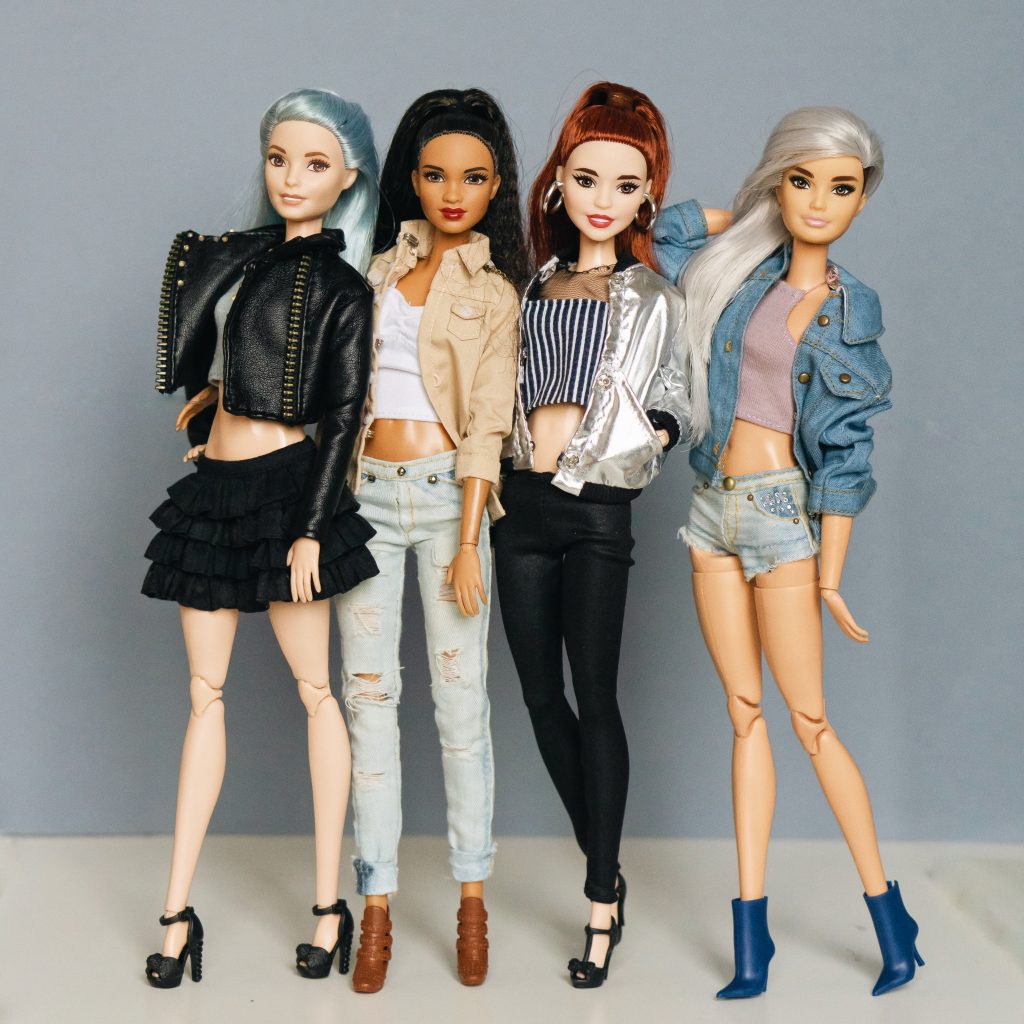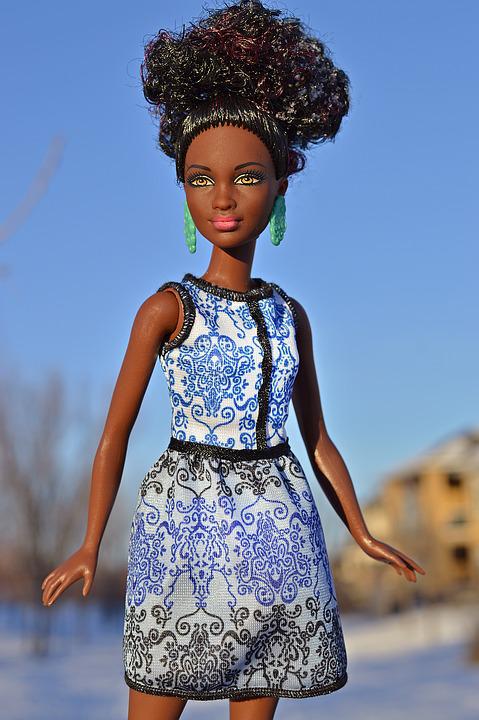Doll Diversity: How Has Barbie Become More Inclusive in Recent Years?
On May 25, Mattel dropped the Laverne Cox Barbie as part of their Barbie Tribute Collection, making history as the first transgender Barbie. As a tribute doll is supposed to, the doll resembles Cox, including her wider nose, toned arms, and brown skin – features that have not historically been on Barbie. In recent years, Barbie’s look has become less Eurocentric and more representative of the increasingly diverse world.

The History of Barbie
When Barbie was first released in 1959, she was the white, thin, blonde doll that became her signature look. The doll was only available with two different hair colors: blonde and brunette; that was the extent of her diversity. It wasn’t until nine years later, in 1968, that the first Black doll, named Francie, was released. Over ten years later, in 1980, the first Black and Latina dolls to be named Barbie were released. In 1997, Mattel released Share-a-Smile Becky, Barbie’s friend who used a wheelchair, but they discontinued the doll shortly after.
While Barbies of color became more prevalent as time went on, they often still had Eurocentric features. Their hair was smooth, silky, and straight, and their noses and lips were small. The Barbies of color often had the same face sculpts as the white ones, with the only difference being the color they were painted.
Mixing Up the Toy Box
The lack of diversity among Barbie caused a blow to their sales in the 2010s. Barbie sales dropped by a third between 2011 and 2015. In response, Mattel started releasing Barbie with three new body types in 2015: Curvy, Tall, and Petite. In 2016, they introduced a new Fashionista doll line with seven skin tones, 14 face sculpts, and 24 hairstyles. In 2019, they resumed the release of Barbie with physical disabilities, including those with wheelchairs and prosthetic legs.
On the Mattel website, there is now a section called “Mix Up the Toy Box.” The section includes dolls with various body types, skin tones, and hairstyles, including textured hair, afros, braids, and even some with no hair. Even the male dolls have a variety of body types and hairstyles (long hair, cornrows, and man buns).
How representative are the new, diverse Barbies?
The original Barbie body type was unrealistic; it has been proven that she would not have enough room in her body for all of her organs or to stand upright. If scaled to the size of a real woman, her waist and hips would be the equivalent of a US size zero. Her BMI (body mass index) would be 16.2; BMIs below 18.5 are considered underweight.
While the new Barbie body types are more diverse than before, they are still not entirely representative of the female population. The Curvy Barbie is still much thinner than average 16 to 24-year-old women, and the Tall and Petite Barbies are almost just as skinny as the original doll. All four Barbie body types still have a 0.7 waist to hip ratio (considered “ideal” by beauty standards).

With the exception of the new Laverne Cox Barbie, Barbie dolls still conform to the gender binary: they are made to be explicitly female or male. Mattel has a doll line marketed as “gender-neutral,” called Creatable World, but that has not extended to Barbie yet.
How successful are these efforts to diversify Barbie?
Despite not all the improvements being realistic, their efforts were still appreciated: after implementing more diverse Barbie dolls, sales went back up. Mattel saw eight consecutive quarters of growth starting in 2017. A curvy, Black Barbie with an afro was the top-selling Barbie of 2019, and the Barbie who uses a wheelchair was among the top ten bestsellers. In 2020, Barbie was the top-selling toy, bringing in almost 1.5 billion dollars for Mattel. The Barbie Fashionista with vitiligo was one of the top sellers in the United States, and the Barbie with a wheelchair was one of every four Barbie dolls sold in Great Britain.
Barbie now advertises itself as “the most diverse and inclusive doll line on the market,” with over half of their offered dolls being “diverse.” Mattel’s statement on their commitment to the Black community stated that one in five of the dolls they produce are Black.
Why does it matter?
Dolls play a part in influencing how children and tweens see themselves, so having Barbies that they can feel represented by is essential to growing their self-esteem and body image. Studies have shown that playing with unrealistically thin dolls may cause young girls to idealize slim bodies, leading to body dissatisfaction. Incorporating darker skin tones, wider noses, and bigger lips on Barbie can help children and tweens of color feel represented and their features appreciated in a society that uplifts Eurocentric features.
While Mattel could represent even more kinds of people, diversifying their dolls is already showing young people that there is more than one way to be pretty, fashionable, and cool.



